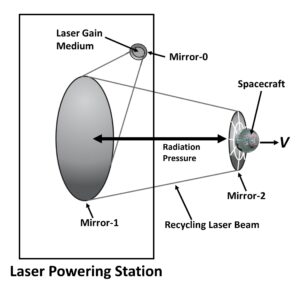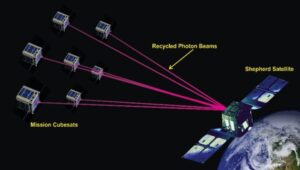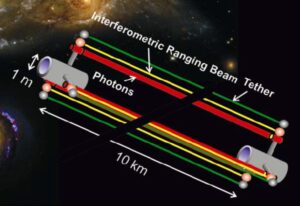Satellite Maneuvering Demonstration with a Photonic Laser Thruster in Lab
Using the pressure exerted by light, Photonic Laser Propulsion (PLP) has the potential to propel spacecraft at speeds vastly surpassing traditional rockets with exceptional energy efficiency. At the core of PLP is the Photonic Laser Thruster (PLT), a groundbreaking non-rocket propulsion system that amplifies the light pressure and photonic thrust by generating and circulating a laser beam between the static powering station and spacecraft mirrors. This amplified light pressure propels reusable spacecraft without onboard propellant into a realm far beyond conventional thrusters, revolutionizing space activities from satellite maneuvers to human space travel.
Capabilities of a Photonic Laser Thruster:
Propellant-free Operation
Free of Plume Contaminants
Continuously Variable Thrust
Ultra-Precision Thrust Magnitude and Pointing Control
Photonic Thrust Per kW of Pump Laser Power: Up to 100 mN/kW
Spacecraft Velocity: up to 30,000 km/s (10 % of the Light Speed)
Proof-of-Principle Demonstration of PLT (Dec. 2006)
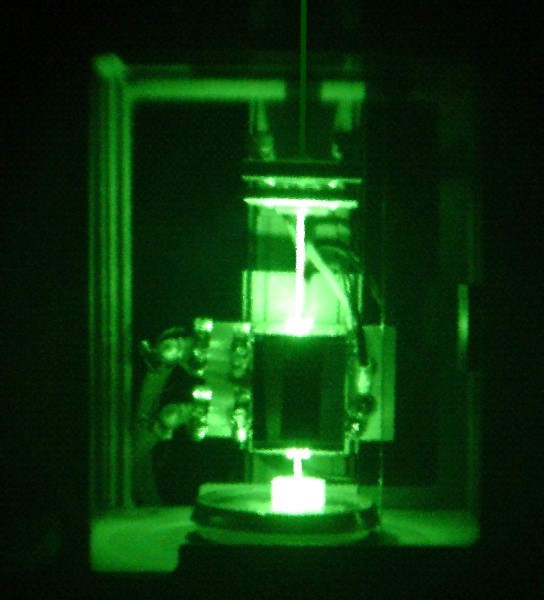
Air Force Today PLT Coverage (Dec. 2007)
Propellant-free Spacecraft Stationkeeping with Photonic Laser Thruster (PLT)
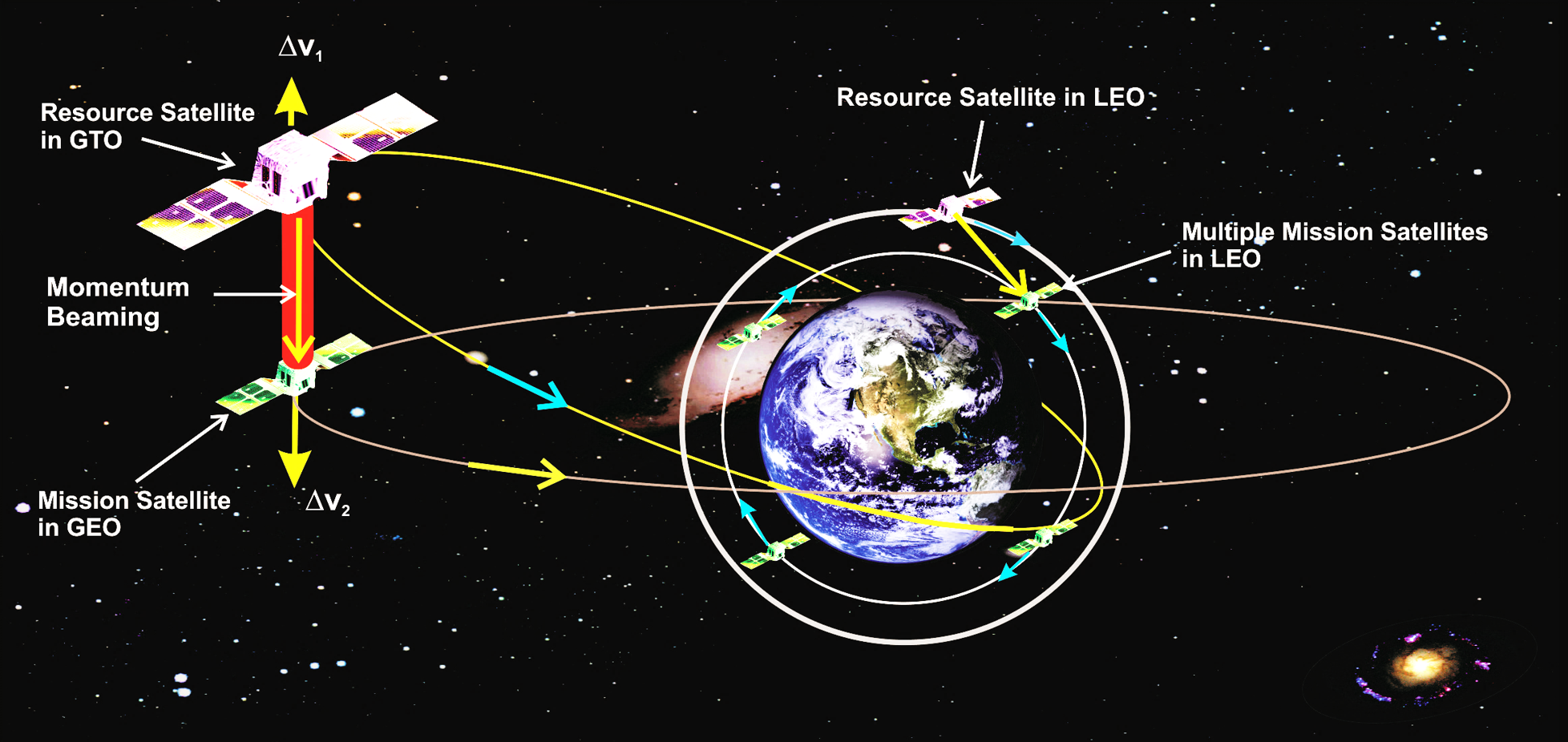
PLT Propellant-free Out-of-Plane Formation Flying
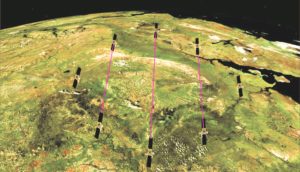
The PLT formation flying enables km-sized virtual telescopes for astrophysics and monitoring applications.
Large Virtual Aperture Space Telescope Concept Using PLTs and Tethers
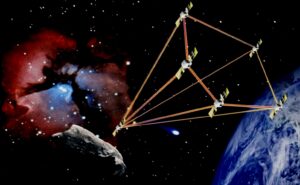
Propellant-free Maneuvering of CubeSats with PLT
